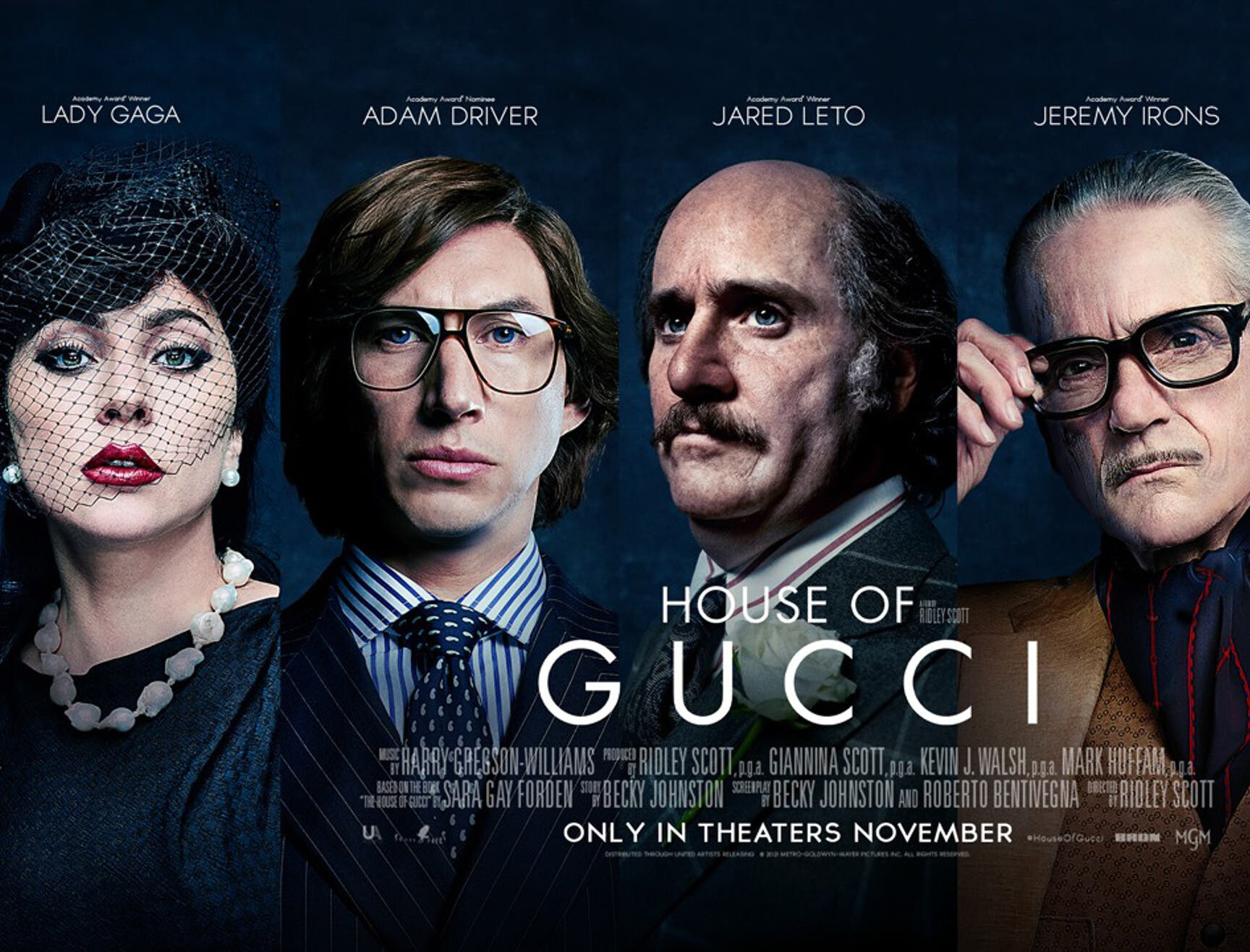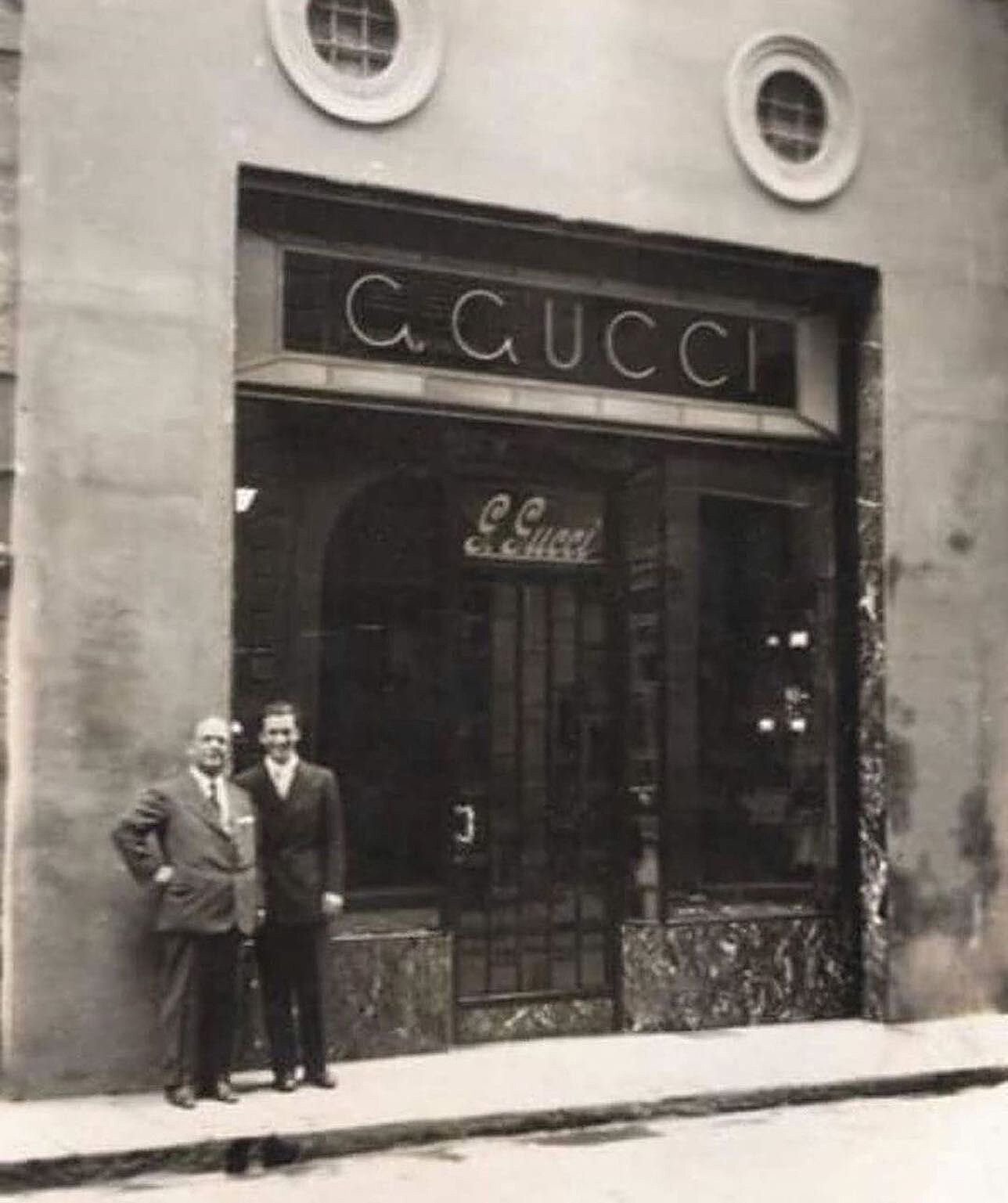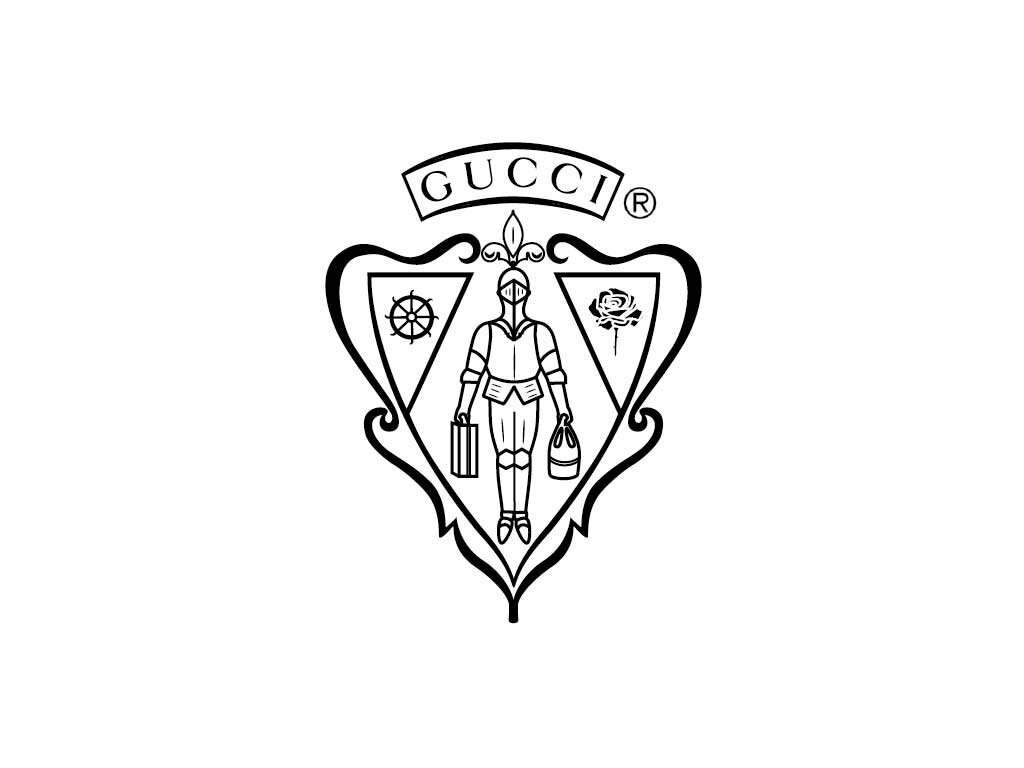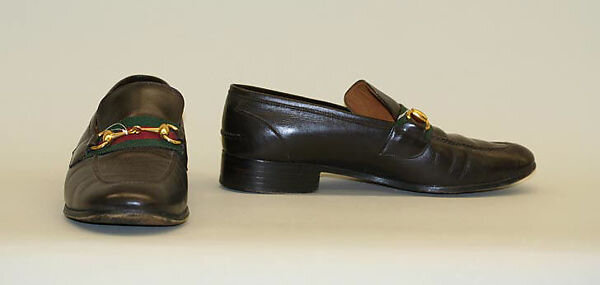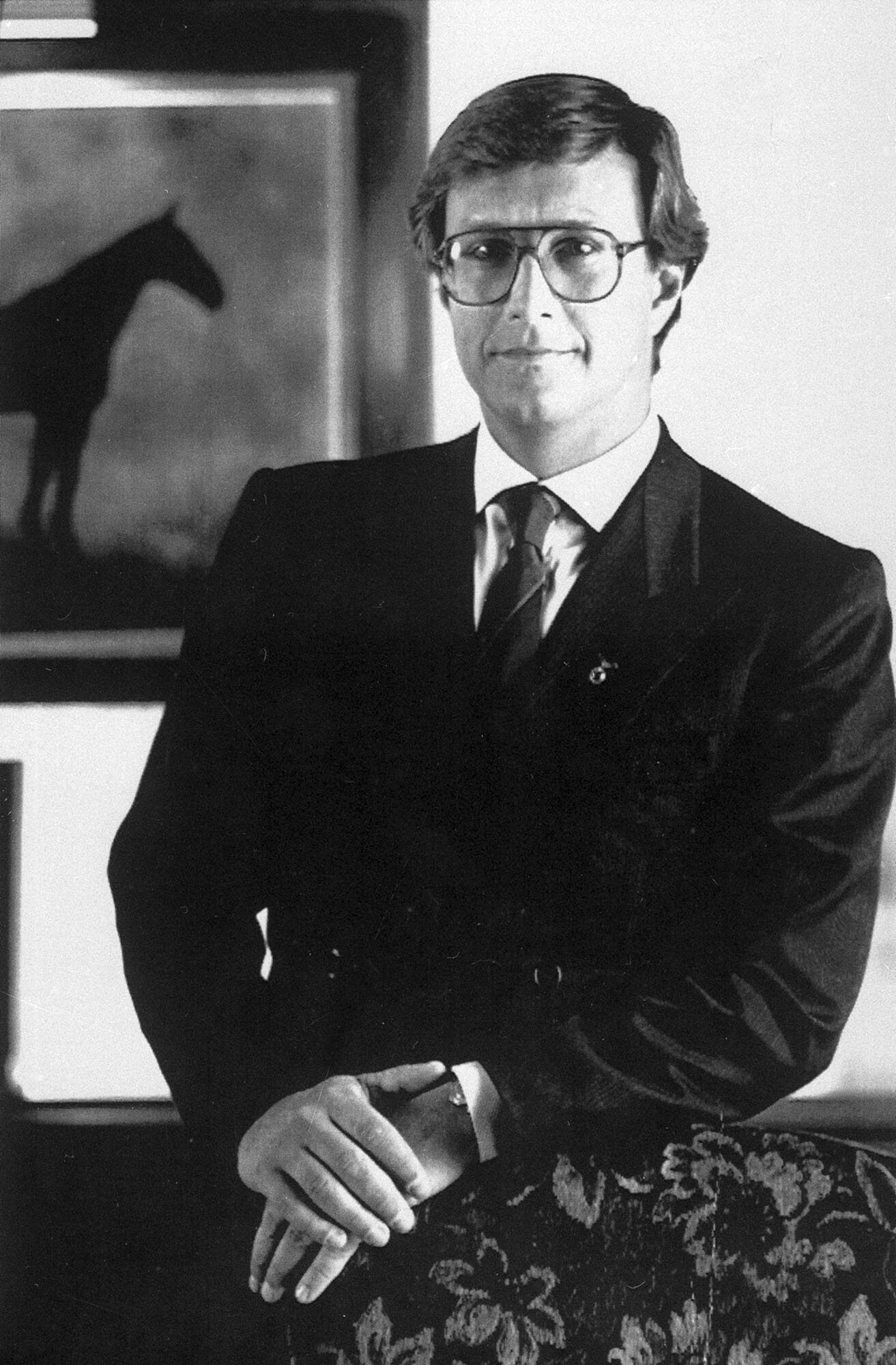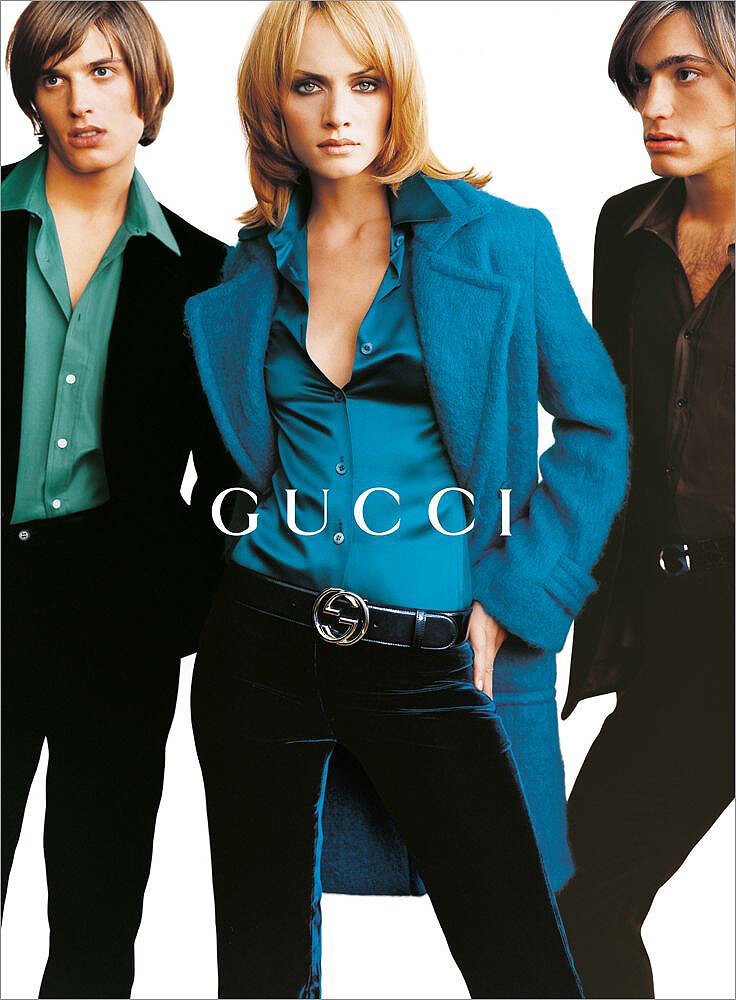House Of Gucci Premiering This November: Let's Reflect On The Brand Before The Release
Earlier this summer, MGM released the official trailer for the new movie, “House of Gucci,” directed and produced by Ridley Scott, who is known for his work on “The Martian,” “Gladiator,” and “Blade Runner.” The film, which stars Lady Gaga, Adam Driver, Jaret Leto, and Al Pacino, is set to release on November 24. It is inspired by three decades of love, betrayal, decadence, and revenge behind the exhilarating true story of Gucci, the illustrious fashion house. While most of us have seen or might even own the classic “GG” belt, or at least have heard Gucci Mane’s “Gucci Flip Flops,” many don’t know the story behind the brand, which turns 100 this year. So, before the movie is released, here are the essentials about the House of Gucci.
Born in 1881 to an Italian leather craftsman, Guccio worked as a porter at the Savoy Hotel in London. There, he was drawn to fashion by the glamorous suitcases that guests arrived with. He returned to Florence in 1902 to work for Franzi, an Italian manufacturer of leather bags and luggage. In 1921, he opened the first Gucci store, a leather goods store, where he mainly made saddles and accessories for equestrians in an attempt to associate his brand with luxury.
In 1935, a League of Nations embargo against Italy forced Guccio to venture into the use of other materials and he discovered a woven canapa, or hemp, from Naples. Printed with Gucci’s first signature print, known as Diamante canvas, the brand’s first successful suitcases were made from this canvas. Not only did the canvas allow for the first signature print, but it also showcased Gucci’s determination to participate and succeed in the fashion industry.
After WWII and the ending of the embargo, the production of leather goods resumed. By this time, Guccio had enlisted his sons, Aldo, Vasco, and Rodolfo in the business and expand the brand’s presence. This expansion brought the Gucci name to Rome’s luxury shopping district, Via Condotti, in 1938. Here, Aldo introduced pigskin as well as bamboo-handled bags, which both became brand staples. The bamboo handle was inspired by the shape of a saddle, paying homage to Gucci’s roots in goods geared to the high-class equestrian community.
In 1951, Rodolfo opened the Milan flagship store, which coincided with the green-red-green web becoming a hallmark of the company. In 1953, Gucci became an international brand when Aldo opened the first American Store at the Savoy Plaza Hotel in New York City. Just 15 days after the New York store opened, Guccio Gucci died at the age of 72. His sons carried on the brand, and the transfer of power from Guccio to his family was seamless. Later that same year, the Gucci loafer with metal horse bit, a shoe that would later be displayed at the Metropolitan Museum of Art in New York as part of the permanent collection, was created. In 1955, the house’s crest became a registered trademark, ensuring the company and the family a space in the fashion community.
The 1960s were a turbulent decade for Gucci, as the New York store was relocated (to Fifth Avenue), and stores opened in London, Palm Beach, Paris, and Beverly Hills. In 1961, Jacqueline Kennedy was seen carrying her bag of choice, a small, slouchy handbag, which would be rebranded as “The Jackie” in her honor. The same year, the “GG” logo was applied to canvas used for bags, small leather goods, luggage, and the debut clothing items. In 1966, Gucci designed the Flora scarf print for Princess Grace of Monaco. With fans and customers like Jackie Kennedy and Grace Kelly, Gucci was becoming a household name world-wide.
The 70s were a period of global and production expansion for Gucci. Stores opened in Tokyo and Hong Kong, and Gucci released its first fragrance, Gucci No. 1 for Women. When Maurizio Gucci, Rodolfo’s son, moved to New York to work with his uncle, Aldo, they dedicated the 689 Fifth Ave. store to shoes, bags, luggage, and accessories, and they opened a second store on fashion frenzy Fifth Ave., which exclusively sold clothes.
The 80s brought the brand’s first ready-to-wear collection, which showed at the Sala Bianca in Florence and was heavily influenced by the Flora print. The decade also brought new leadership. First in 1982 when the company was passed to Rodolfo Gucci, and then the following year to his son, Maurizio Gucci. By this time, Gucci had lost its exclusivity and was largely associated with cheap duty-free bags. Maurizio dreamed for a relaunch, and in 1989 partnered with Investcorp, which purchased 50% of Gucci shares from the family. Not only did Maurizio bring new shareholders, but he also brought on former Bergdorf Goodman president, Dawn Mello. Mello invited Richard Lamberston, the head of accessories at Bergdorf’s, and in 1990, she brought in Tom Ford to oversee women’s RTW.
The retail market of the early 1990s was no walk in the park for Gucci, as customers found a more sophisticated style and not a highly commercialized Gucci. In 1993, the Gucci family’s era of rule in their namesake brand ended when Maurizio transferred the rest of his shares to Investcorp. Two years after this, he was gunned down in front of his Milan office by, what was later revealed, a hit man hired by his ex-wife, Patrizia Reggiani.
By the time Maurizio was killed, Gucci was under the control of Tom Ford, who had been appointed creative director of the brand in 1994. He put the brand back in the limelight with his critically and commercially successful fall 1995 collection, which focused on jet-set glamour.
Throughout the 90s, Ford brought what felt like nonstop success to the brand with show-stopping collections as well as the relaunch of the notorious Jackie in numerous colors and variations, thus opening the period of the Gucci “It” bag.
The brand’s unwavering success did not come without hardship, as the late 90s and early 2000s brought a slew of lawsuits and corporate battles, which eventually led to Ford leaving the label in 2004. When he left, John Ray took over the men’s design, Alessandra Facchinetti took over the women’s design, and Frida Giannini became creative director of accessories. In 2005, Giannini was appointed creative director of women’s RTW and, in 2006, took on the role in the men’s department as well. Her time with the brand was defined by her ability to bring the past into present style, modernizing many of Gucci’s original hits. She remained with the brand until 2015, when Alessandro Michele became creative director.
Michele completely reconceptualized the label with an androgynous and almost odd aesthetic. After a period of low sales, this seemed to be exactly what Gucci needed, as they were once again catered to a younger customer putting them back at the forefront of fashion.
This past April marked Gucci’s 100-year anniversary, and Michele met this milestone with the “Aria” collection, which revisited signature Gucci deigns such as the Bamboo bag and the Flora motif, as well as introduced an innovative incursion into Balenciaga.
The brand’s turbulent 100 years of history definitely represented the perfect opportunity for filmmaker Ridley Scott. As stated in the trailer, history has shown that Gucci truly is “a legacy worth killing for.”
Article by Katie Harkey, Contributor, PhotoBook Magazine
Tearsheets by Maelle Eugene, Contributor, PhotoBook Magazine

